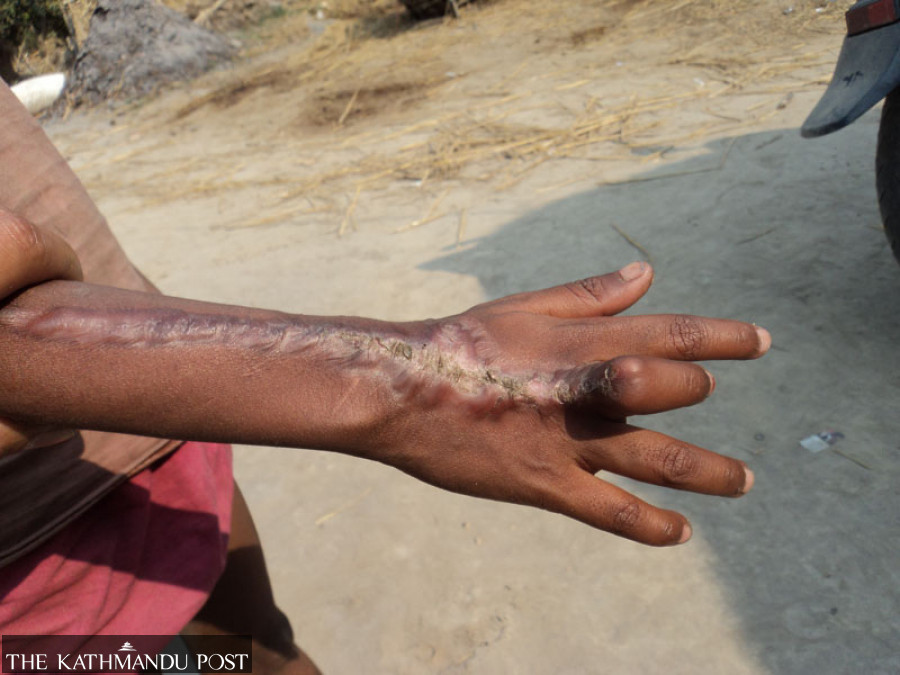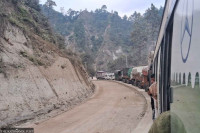Editorial
Mitigating snakebite deaths
The government must send specialists to rural health centres to ensure quick treatment for snakebite emergencies.
There is no good time for a medical emergency. But a medical emergency amid a pandemic is a double whammy. Worst, if the emergency is caused by snakebites in the Tarai, where there is a higher concentration of venomous snakes. As the country reels under the Covid-19 pandemic, the risk of a rise in the mortality rate among snakebite victims cannot be overruled. Hospitals across the country have been rendered mostly inaccessible for ailments other than coronavirus infection. Even if the hospitals themselves are admitting emergency patients, there are limited travel options to reach the hospitals as the country continues to observe restrictions.
Home to around 17 highly venomous snakes, the common krait and the common cobra being among the most dangerous, Nepal sees around 20,000 to 40,000 cases of snakebite each year. The numbers could be higher as significant cases of snakebite go unreported. Almost every hospital in the Tarai gets emergency snakebite patients each day, with major regional hospitals admitting patients in the dozens. This is nothing short of a silent epidemic in the summer and monsoon seasons. Snakebite is a silent epidemic globally, with a higher rate of death in Asian and African countries. The World Health Organisation estimates that around 5.4 million snakebite incidents occur globally each year, resulting in up to 2.7 million cases of envenoming. It also estimates that up to 137,880 deaths and three times as many amputations, and other disabilities occur each year due to snakebites.
Snakebite, though, is not the sole problem we have. What is more dangerous than the bite is the abysmal quality of emergency care. Experts say that 80 percent of snakebite deaths occur before the patient has reached the hospital. This means that a significant number of deaths are preventable if the patient has timely access to emergency treatment. The motorcycle ambulances in the Tarai, often run by volunteers, have been a great help in ferrying snakebite victims to the hospital in time. But that is just not enough.
Considering that a high number of patients are bitten by snakes while working in the fields or while sleeping, the government must encourage people to wear gumboots while working and use mosquito nets while sleeping. Monsoon has already displaced thousands of people across the country, and it is only going to get worse in the coming weeks and months. A large number of the people displaced by the monsoon have been living in temporary shelters away from home. They are therefore more exposed to the risks of snakebite. Wherever necessary, the government must provide the people with such essential items to ensure a decline in the rate of snakebite incidents across the country, particularly in the Tarai.
Even today, a large section of the rural population depends on unscientific treatment, including jhar-phuk by shamans and witch doctors. The dependence on local and unscientific treatment leads to higher incidences of death of the patients. The government must do more to raise awareness about the need for snakebite patients to seek emergency treatment from trained medical professionals. Thanks to the awareness and availability of treatment, the death rate from snakebite has come down from 18.7 percent to 6.62 percent in the past 20 years. But there is more room for improvement. Many local hospitals across the country lack venom antiserum as well as trained doctors. The government must find ways to send specialists to rural health centres so that victims have quick and easy access to medical care in cases of snakebite emergencies.




 6.21°C Kathmandu
6.21°C Kathmandu














